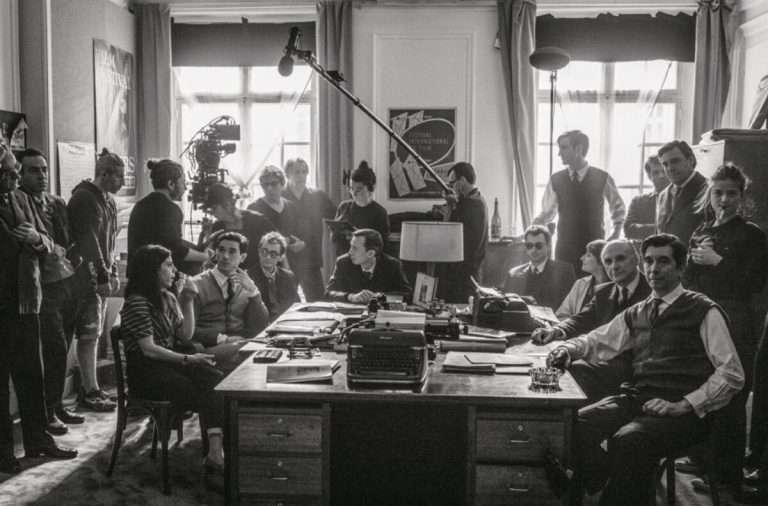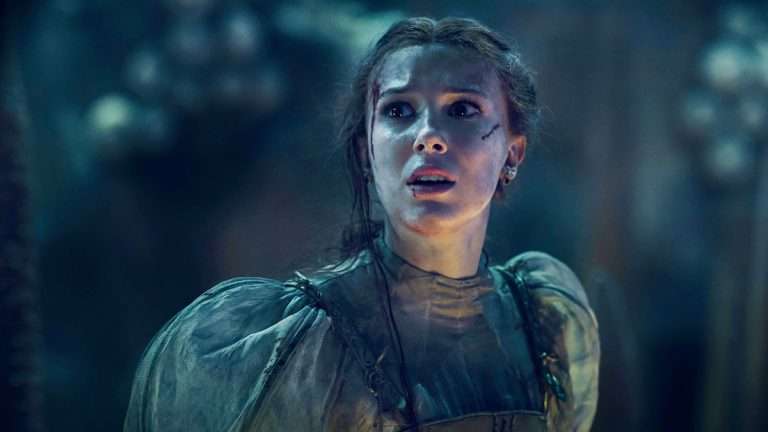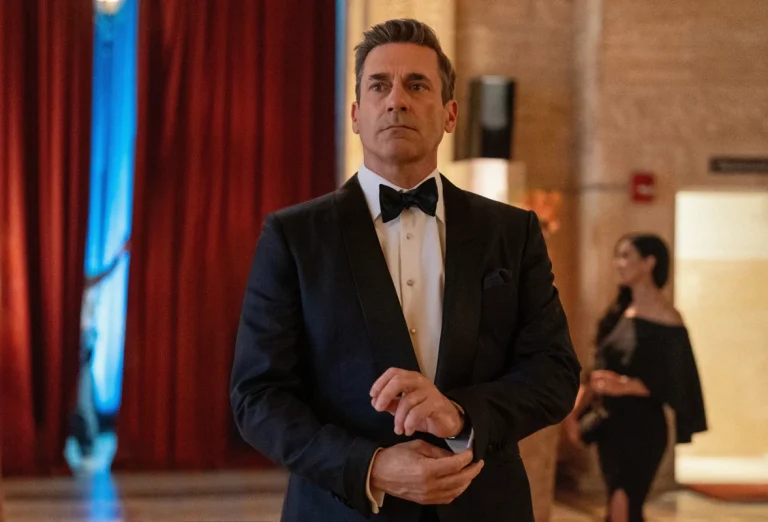What we see in our dreams is never in our control. But deciphering the meaning behind a dream is a constant quest among individuals. Dream sequences are also a crucial part of movie culture, where the protagonist sees a dream that becomes a turning point in a film. While fictional stories can alter dreams as per the requirement of the screen, some filmmakers adhere to the accuracy of dreams giving the scene a touch of relatability with what we experience in our night-to-night dreams. Dream expert and neuroscientist Rahul Jandial examined a few famous cinematic dream sequels and rated them according to their accuracy. The expert talked about the dream sequence from Wes Anderson’s film Rushmore, Federico Fellini’s 8 ½, and Tim Burton’s 2010 version of Alice in Wonderland with Penguin Books UK.
The Cinematic Dream sequels were reviewed by the dream expert
Some cinematic dream sequences caught the eyes of dream expert Rahul Jandial, and among them was the 2010 Disney live-action film Alice in Wonderland. The film features Mia Wasikowska as the 19-year-old version of Alice. The film also stars Johnny Depp as the infamous Mad Hatter, Anne Hathaway, Crispin Glover, Matt Lucas, Michael Sheen, Stephen Fry, Timothy Spall, and Alan Rickman in Burton’s adaptation of the Lewis Carroll story. There is a dream scene in the film which was actually a nightmare where she falls down a dark hole.
Jandial reviewed the scene, claiming that “falling is a common dream.” According to the expert’s opinion, the scene was a “pretty accurate” imagining of dreams and nightmares, giving it a 7 out of 10 score. He said, “So that’s very important. The nightmare. And the nightmare again. Nightmares are disproportionately found in children. Five times as much. Children universally develop nightmares. And some of them can be recurrent. So this already is capturing something really important. Children have more nightmares than adults, and sometimes, those nightmares can be a loop. They can happen over and over again.
Falling down a dark hole—clearly, that’s not a dream we want to have. And it’s a nightmare if it wakes you up. Otherwise, it’s just a bad dream. But falling is a common dream, and it’s happened throughout the ages.”
While the dream sequence in Alice in Wonderland impressed Jandial, he wasn’t very thrilled with Wes Anderson’s 1998 film Rushmore. The film follows Max Fischer (Jason Schwartzman), a 15-year-old student who has a hard time keeping up with his studies. In the film, there is a famous scene where Max is asleep during church and has a dream where he successfully solves a difficult math problem, earning the respect of his teacher and peers. Jandial examines the possibility of solving such a difficult equation while in a dream state. He says, “In the end, we’re going to find out that the student is dreaming, but when you look at dreams as a whole, not my dream or your dream, but 10,000 dreams, very few people report doing math, and there’s a brain science reason for that.
We now know that because the executive network is dampened when we dream, and part of what the executive network does is calculation, it makes sense to me when you look at how we dream. What we’re seeing is possible or impossible in a dream. So before they get deeper into it, I just want to let you know that math is highly unlikely to happen in our dreams, especially some of the most challenging math problems that are being presented here. On a score of 0 to 10, if 10 is an accurate depiction of dreaming, I’d give this a generous zero.”
Among the films Jandial reviewed, he seemed highly impressed with Italian auteur Federico Fellini’s 1960s art film 8 ½. There is a renowned dream sequence in the film, and according to the expert, the famous scene deserves all the acclaim it’s received over the years. Jandial broke down Fellini’s sequence, praising the director for accurately depicting how nightmares work and the feelings they evoke in the dreamer, giving the movie a perfect 10-out-of-10. He said,
“Immediately, they start off with a feeling of claustrophobia. The subtle use of sound and then the passenger in the car in front looks back with a gaze that makes it hard to discern what the intentions are. … This is a nightmare. Nightmares, when they’re described, there are moments when you feel like you’re getting away, that maybe the worst is behind you. But the nightmare has not finished with him. … He falls to his demise and then is woken up, and that’s the last part of a nightmare, is that it must wake you up . … Nightmares are defined by the fact they wake you up and singe that experience into your waking memory. On a score of 0 to 10, if 10 is an accurate depiction of dreaming, what you’re seeing here is a masterpiece. I give it a 10.”
The legendary 1960s art film is a product of the great vision of filmmaker Fellini. The film is an output of Fellini’s creative block. Yes, you read that right. The filmmaker was suffering from a severe case of creative block after a run of acclaimed films, including the classics Nights of Cabiria, La Strada, and La Dolce Vita. In a stroke of genius, Fellini decided to make a movie all about the block he was experiencing, and the result was one of his greatest masterpieces, a film that went on to be nominated for five Oscars, winning two. The film stars Marcello Mastroianni as a fictionalized Fellini.







